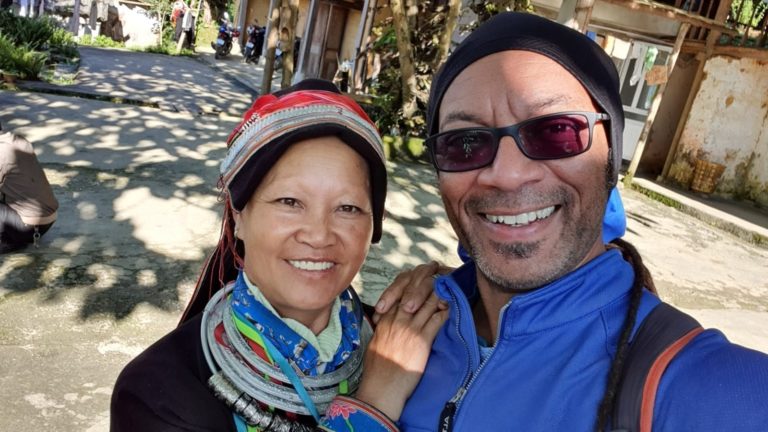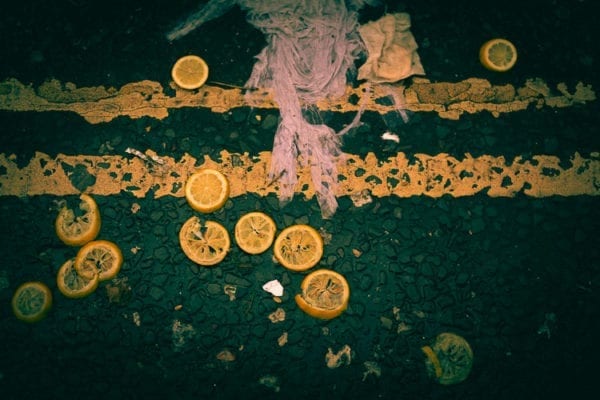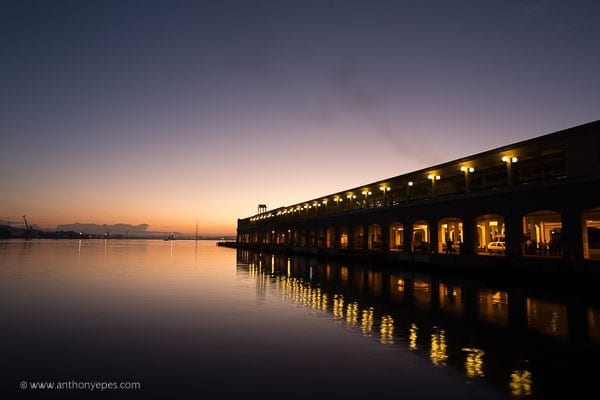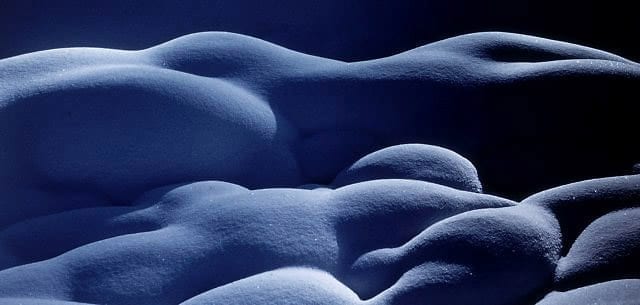The power of Yellow
“How lovely yellow is! It stands for the sun.” Vincent Van Gogh Today I want to dive into a lesson all about colour. I have already done articles on the colours purple and blue and one exploring many different colours. I love to photograph colour, and am always ready to […]





